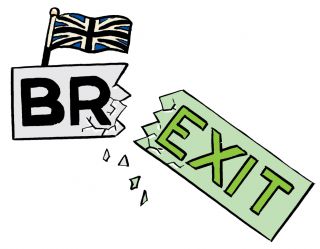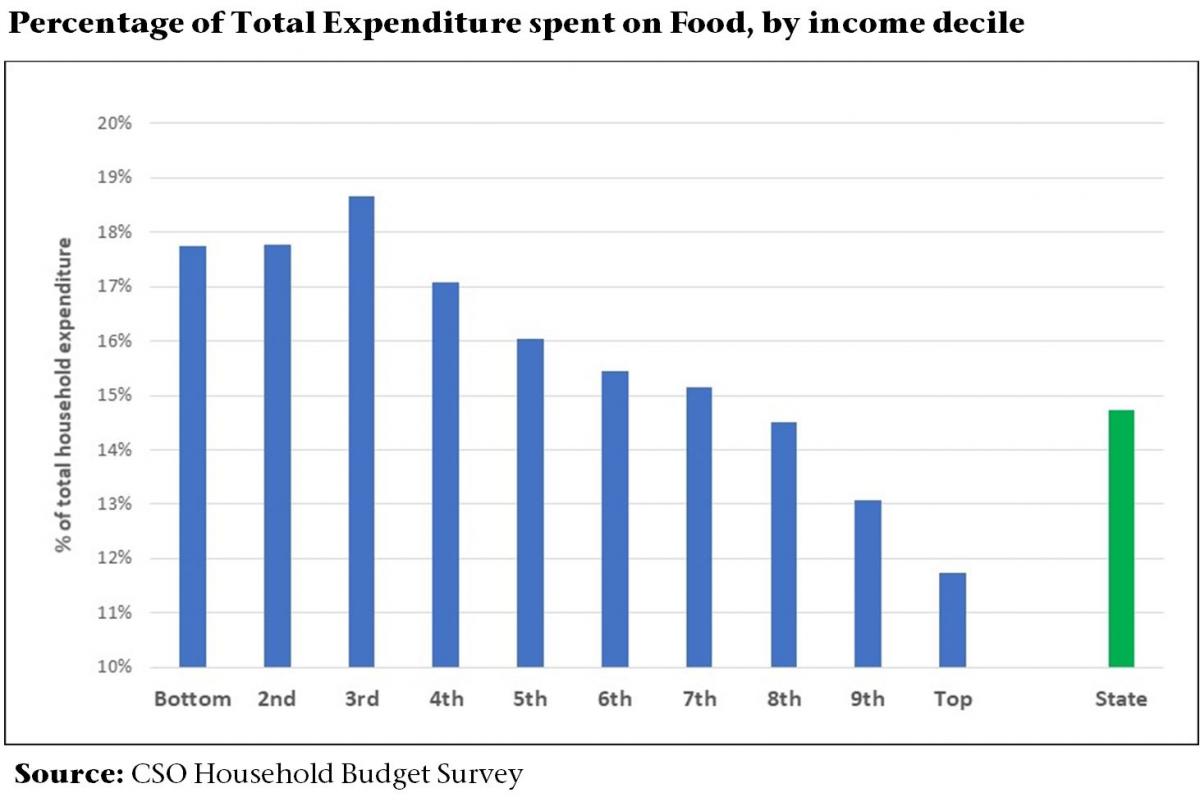Hard Brexit Threat for Low Income Households

The possibility of Britain and the EU failing to reach a negotiated comprehensive trade agreement over the next few weeks has been appropriately highlighted as a key context for Budget 2021. Although the potential for a hard-Brexit has been overshadowed by the challenges of Coivd-19 during recent months, the potential for sudden and significant changes in economic activity and living standards from January 1st 2021 remains a major threat.
While we welcome the allocation of resources in the Budget to prepare various sectors for whatever form of Brexit arises in just over two months time, we regret the continued lack of focus on the impact that this event will have on the living costs and living standards of low income households.
An ESRI report, from March 2018, highlighted the dependence of the Irish consumers on imports from other states. In particular, it noted the concentration of UK imports on household expenditure in areas such as food. In the context of a hard–Brexit, where World Trade Organisation tariffs would automatically apply to imports from the UK, it found that consumer prices would rise by between 2% and 3.1% and this would raise the cost of living for average Irish households by between €892 and €1,360 a year.
However, the report also noted that these increases would be “very unevenly distributed across households” with lower income households, who spend a higher proportion of their income, being most exposed.
Among the products identified as most prone to price increases, food expenditure was highlighted as the expenditure category most exposed. It would experience some of the heaviest post-Brexit tariffs and the current structure of the Irish food market (supermarkets and food outlets) is one that is very exposed to imports from the UK.
The chart below uses data from the CSO’s Household Budget Survey to illustrate the exposure of households across the income distribution to changes in food prices. It shows the proportion of total household expenditure on food. On average, Irish households spend 14.7% of their total expenditure on food. However, food represents a much larger proportion of all spending among the households in the bottom 40% of the income distribution standing at between 17% and 19% of total expenditure. A sudden increase in consumer food prices will hit these households hardest. They are also the households with the lowest capacity to absorb such impacts on their living costs.
Social Justice Ireland believes that Government needs to widen its consideration of those who would be impacted by a hard-Brexit. Should it happen in a few weeks time, low income households will need supports to absorb the living cost increases they will inevitably face.
